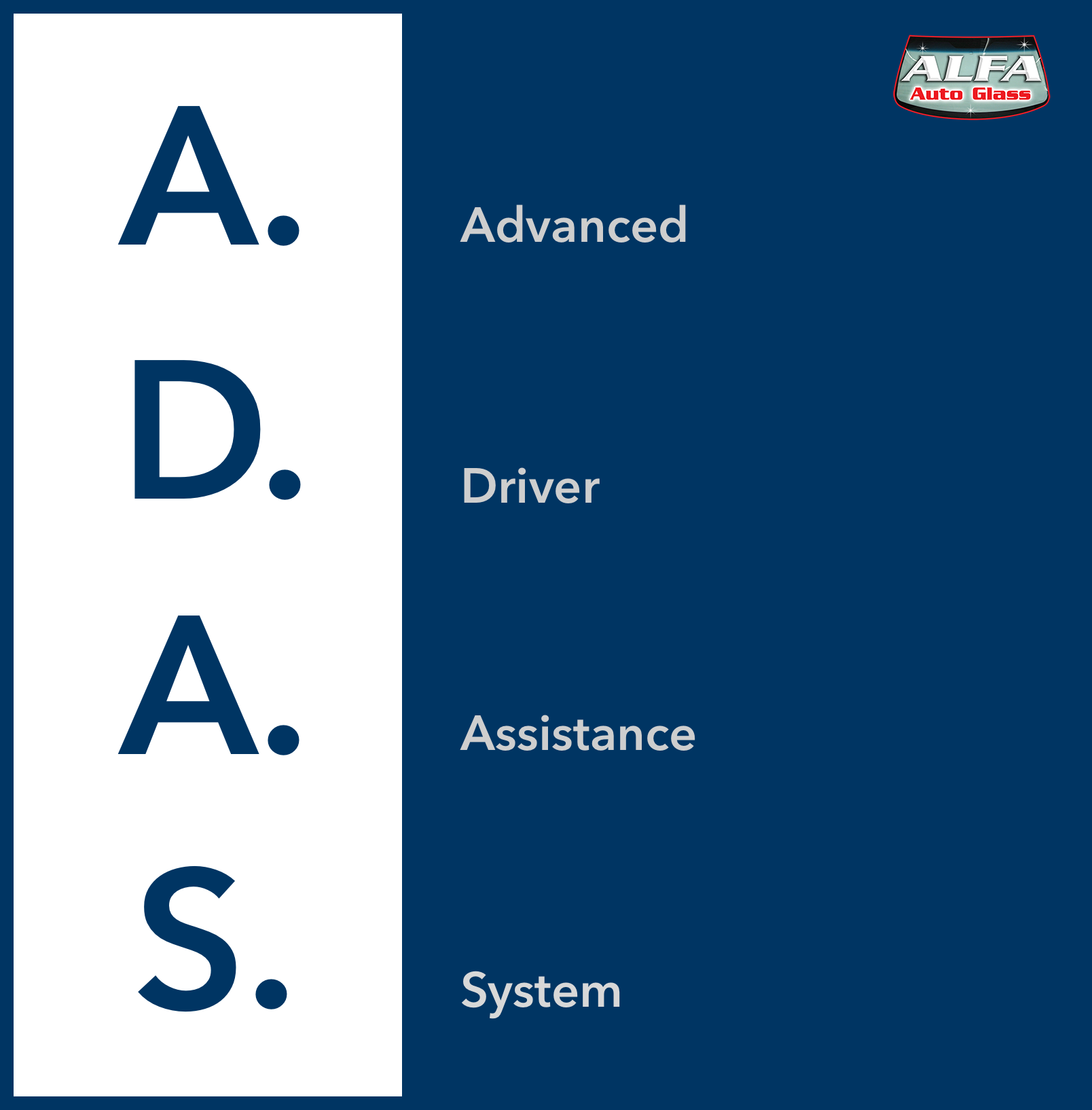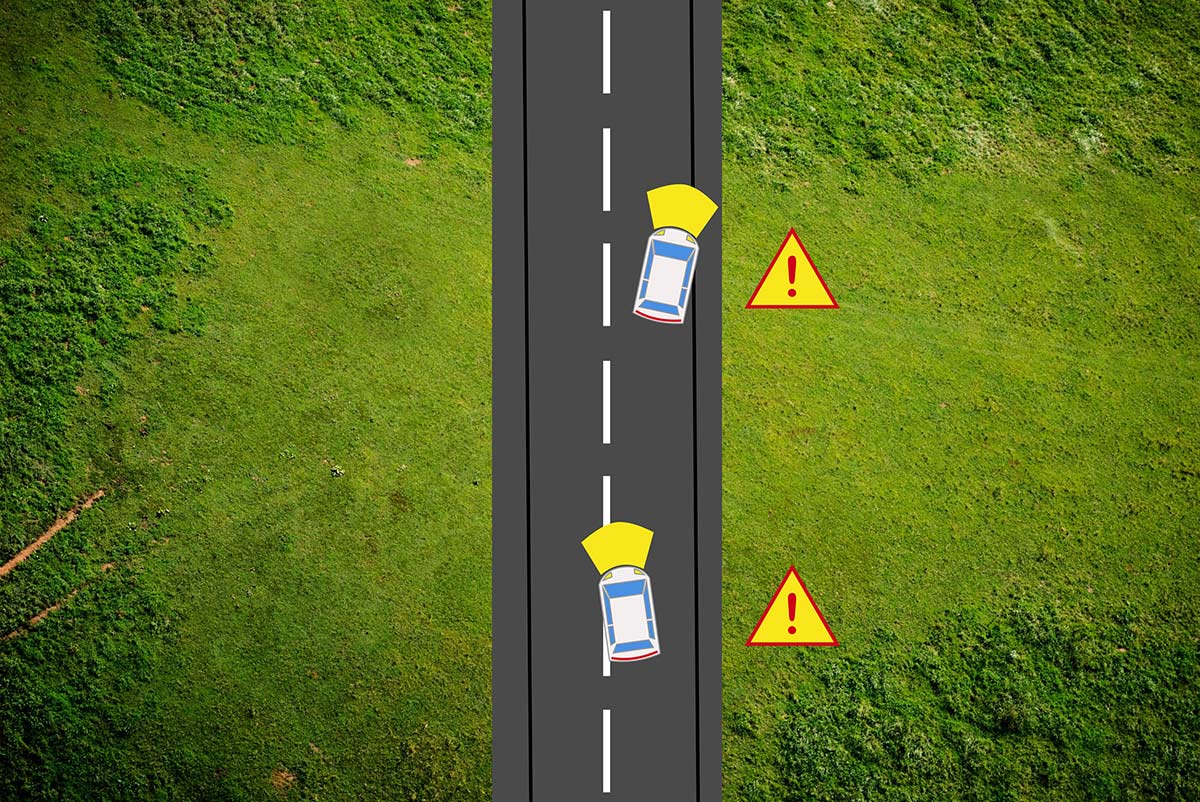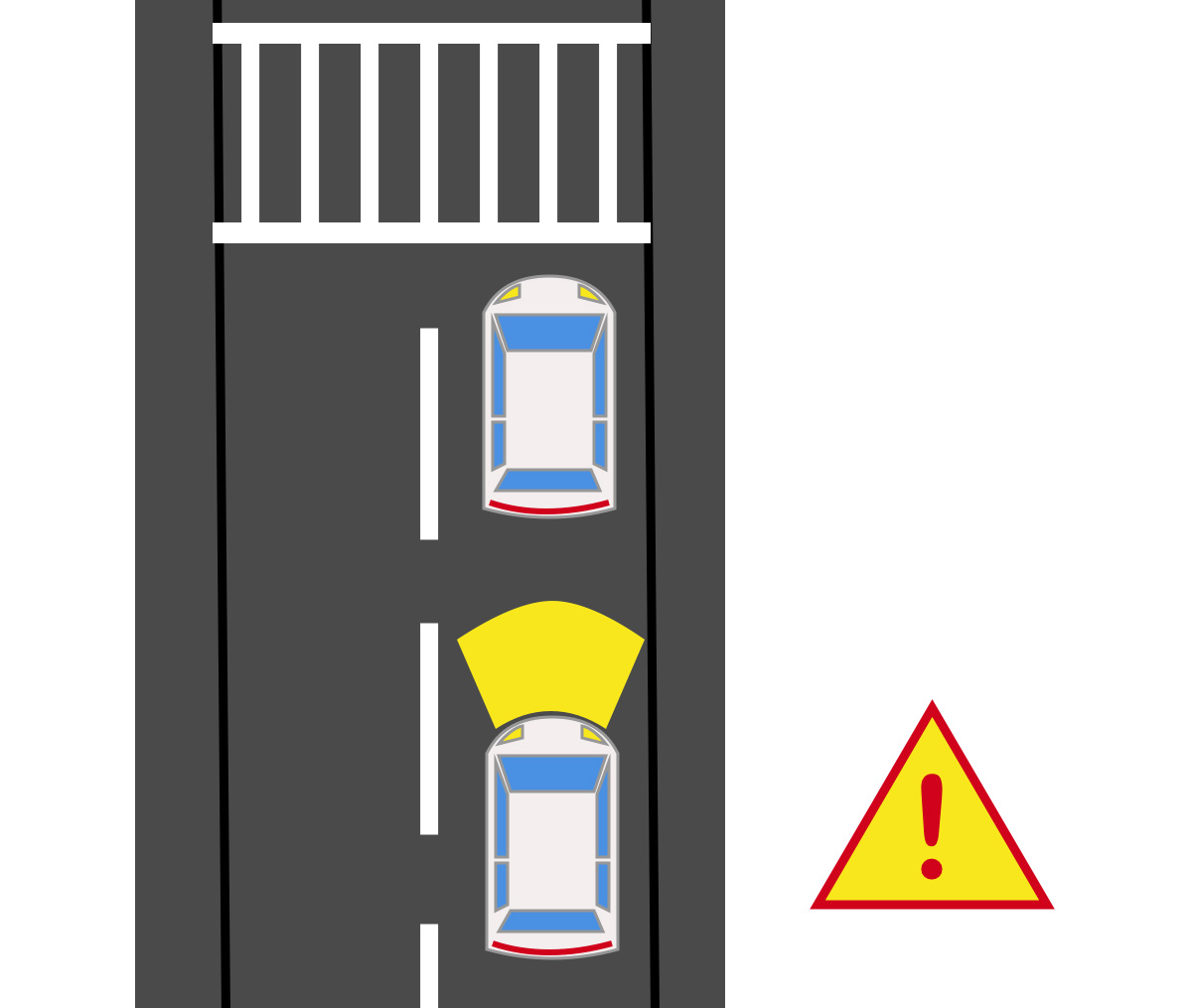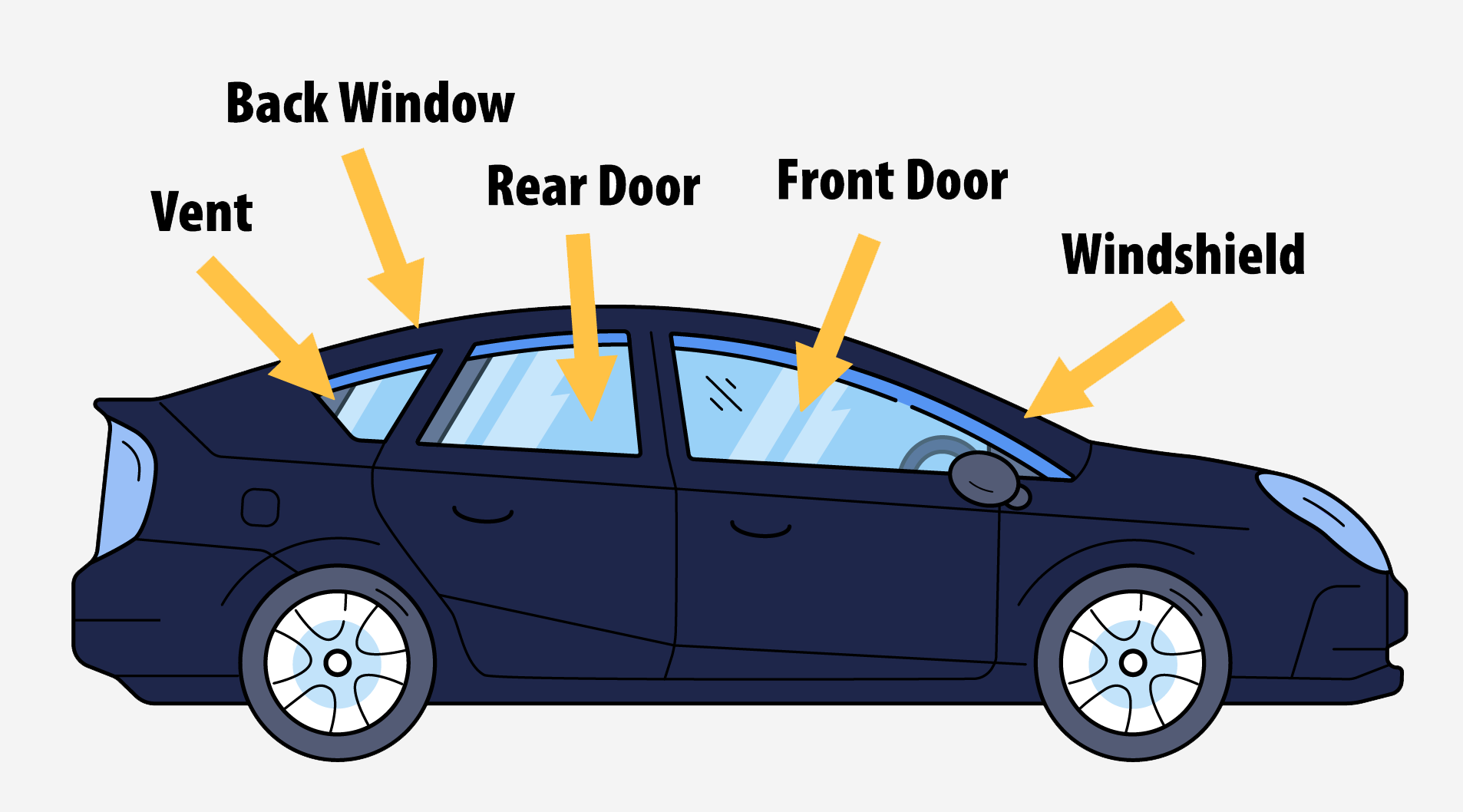What is ADAS?
In this article, we’ll discuss what ADAS is, what you should know about it and how it applies to windshield replacement.
What does ADAS stand for?
ADAS is an abbreviation for: Advanced Driver-Assistance System.
ADAS are systems in your car that can use things like cameras, sensors and software to assist drivers in situations where they may be about to get into accidents and collisions. Recently, ADAS is starting to take over the act of driving as well (e.g. parking assist and autonomous driving).
The original idea behind ADAS was that most car accidents occur due to human mistakes. ADAS was developed to reduce human error on roads and highways. One particular study by Moovita cites that ADAS reduces road fatalities.
Self-Driving Teslas (One form of ADAS). Source
The history of ADAS
The first use of ADAS was with the advent of anti-lock brakes. Anti-lock brakes help drivers stop and avoid accidents without skidding. Prior to anti-lock brakes, if you slammed on the brakes you wouldn’t stop, you would skid for a distance before you actually stopped. This of course was the reason for MANY fender benders and cases where a car “rear-ends” another. Anti-lock brakes work by clasping and releasing the brake pads at high frequency.
The video above shows how anti-lock brakes work.
The first anti-lock brakes were unveiled in the 1970s. Soon new ADAS technologies began to roll out in vehicles such as:
- Cruise control
- Electronic stability control
- Low tire pressure warning
- Traction control
More recently, automakers have come out with even more advanced ADAS features like:
- Automatic parking
- Blind spot monitor
- Collision avoidance systems
- Forward collision
- Lane centering
- Lane departure warning
- Parking sensors
- Rain sensors
- Self-driving
What should you do if you think your ADAS isn’t working?
This can be a very dangerous situation depending on the car and what sub-system may be out of commission. In some vehicles, the car may act erratically (premature braking for instance). Therefore it’s best to take your vehicle to a mechanic or to your local dealership as soon as possible. If the problem is really serious – where you feel it’s too unsafe to drive – then have your car towed to your local dealership or mechanic.
Windshield calibration
Newer vehicles will have certain ADAS features integrated into the windshield. One of the most common technologies are windshield-mounted cameras that detect the distance between your vehicle and objects in front of it. If the sensors determine that you’re too close or that you’re approaching the other object too rapidly, the system will alert you and in some cases actually brake for you.
If you crack or damage your windshield and you need to get it replaced, you may need to have your windshield calibrated if it’s a newer vehicle. It’s actually imperative that this is done to ensure your ADAS is working properly. It’s a matter of safety!
Lane departure
One of the most common ADAS features is the lane departure warning. This will either present an audio alarm, visual alarm indicator or even vibrate the driver’s steering wheel and / or seat to alert the driver that they are veering out of their lane. Lane departure can be triggered by either veering left into oncoming traffic or into the next lane that is to the left of the current lane. It can also be triggered by veering right in the next right-hand lane or off the road entirely.
Lane departures warn drivers when their vehicle escapes lane boundaries
Forward collision
Another ADAS feature is forward collision. This safety system detects how close the front of your vehicle is to any vehicles in front of you. If you are dangerously close to or closing in on another vehicle too fast, this system will alert you and sometimes even brake for you.
Shown above: Tata’s forward collision warning system
Both forward collision and lane departure systems are integrated into new vehicle windshields. Now, the ADAS sensors are not built into the windshield glass, instead, they are mounted to the windshield or the rearview mirror assembly. When you get a new windshield, these components either need to be replaced or recalibrated after installation. That’s why when you call Alfa Auto Glass, we may ask if you have either of these safety systems active on your vehicle.
Forward collision: In the diagram above, the bottom vehicle’s forward collision sensors detect a car in front of it that’s stopped at a crosswalk.
Do RVs have ADAS?
RVs are now being equipped with ADAS features. Many RVs that do have ADAS are being equipped with Mobileye ADAS technology.
The video above shows a demonstration of Mobileye ADAS in a Mercedes RV
Do commercial trucks & semi-trucks have ADAS?
Most commercial and semi-trucks we’ve worked on don’t have ADAS features. However, it’s most likely coming. It could be that we tend to work on older vehicles and we just haven’t seen them on the road yet.
Does Alfa Auto Glass repair ADAS systems?
We don’t repair internal components of ADAS systems, however, we will replace any ADAS parts that come with new windshield assemblies. So, if you’re vehicle’s windshield needs replacement, we may install new ADAS components IF they are included in your windshield parts list. Sometimes, it’s as simple as replacing the existing ADAS components and recalibrating them.
Does ADAS make windshield replacement more expensive?
It appears so. Newer vehicles that come with ADAS features tend to be more expensive in general (meaning dealer cost for the entire vehicle). And with that, individual parts tend to cost more than parts for basic models or inexpensive brands. At least, that’s what we’ve noticed. But these features are for added safety, so what’s that worth to you?
Stats & facts
- ADAS can range from simple alerts to taking control of the vehicle.
- 33% of all vehicles sold in the U.S. after 2021 have ADAS features.





